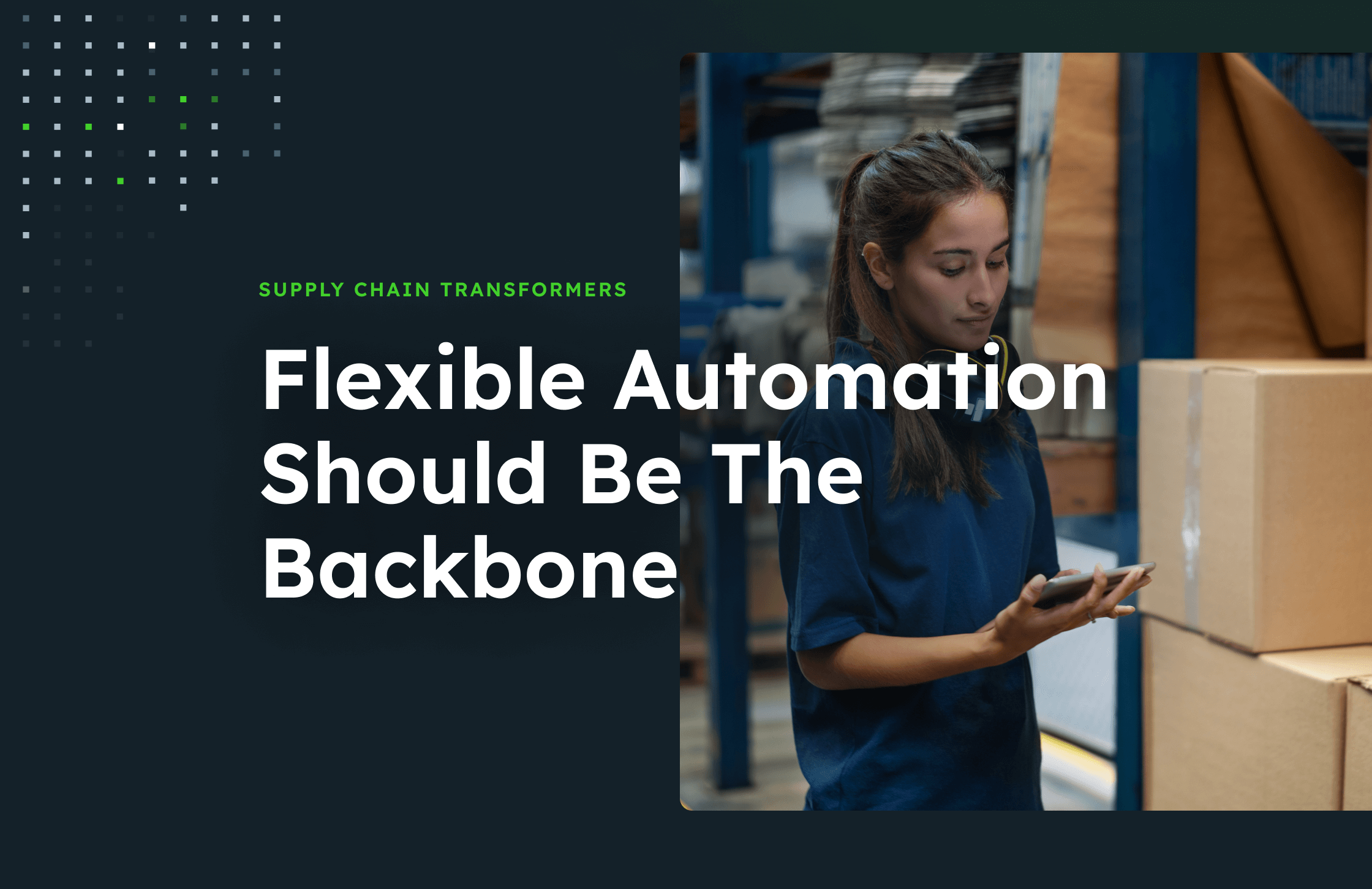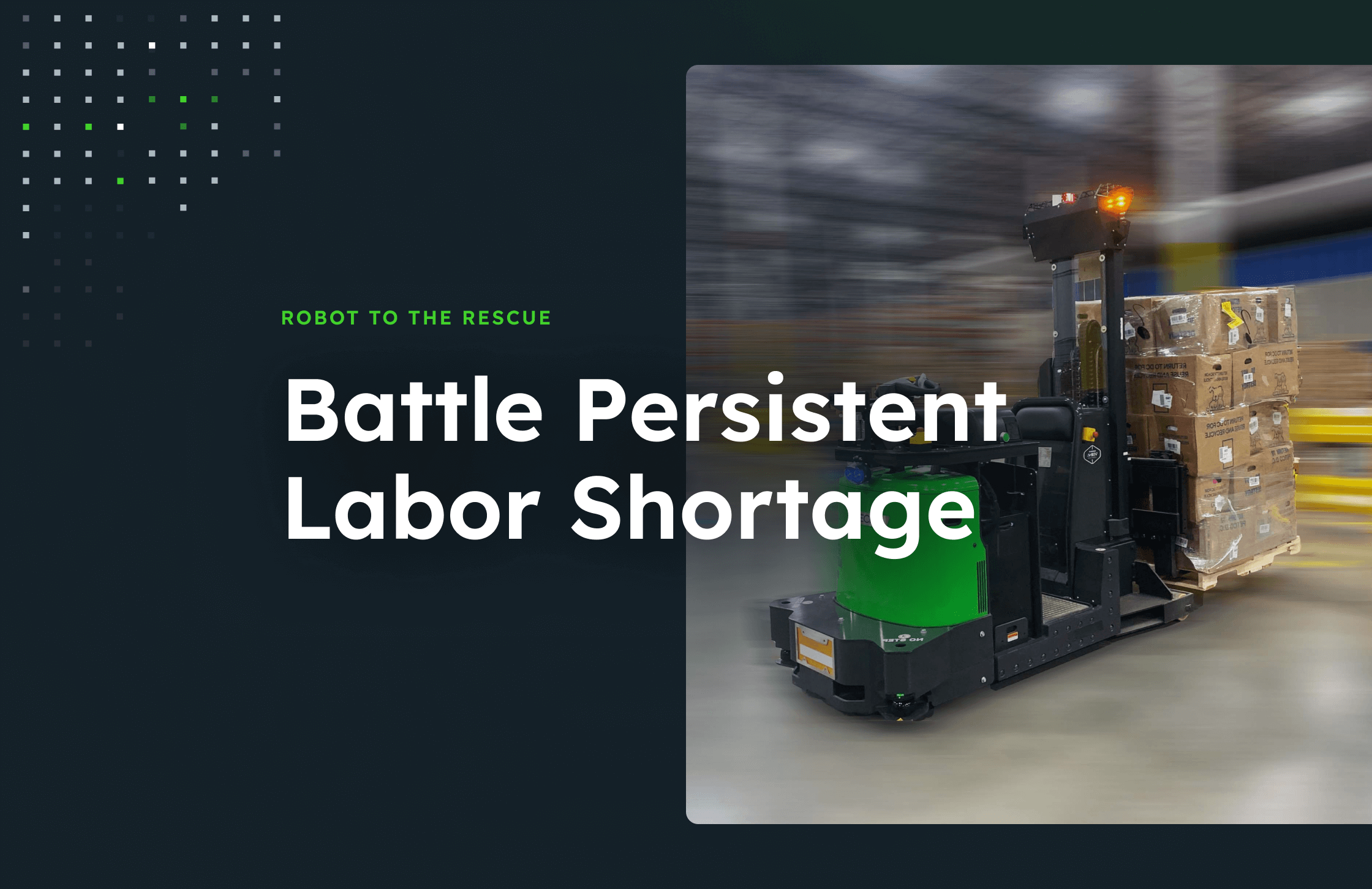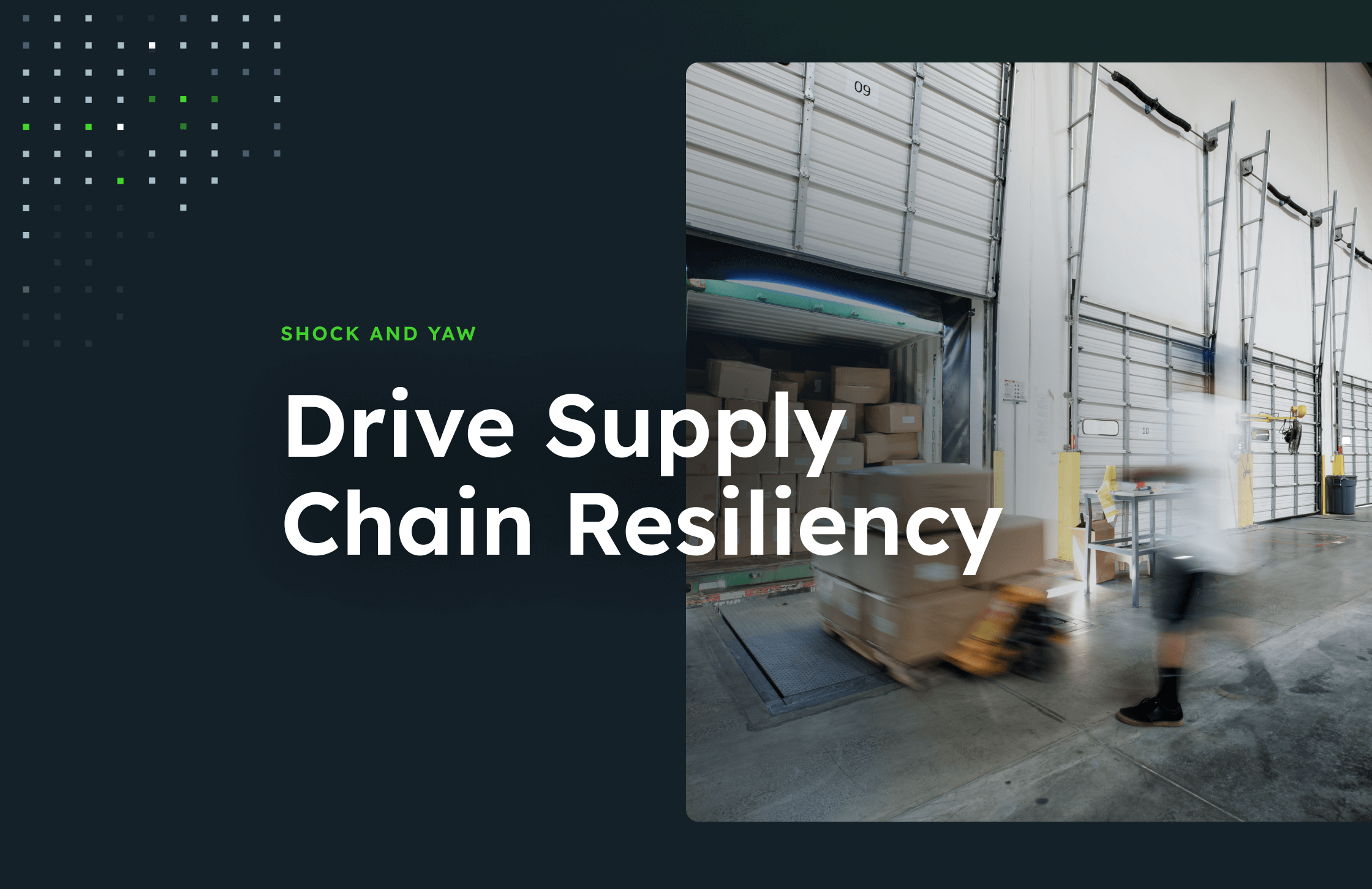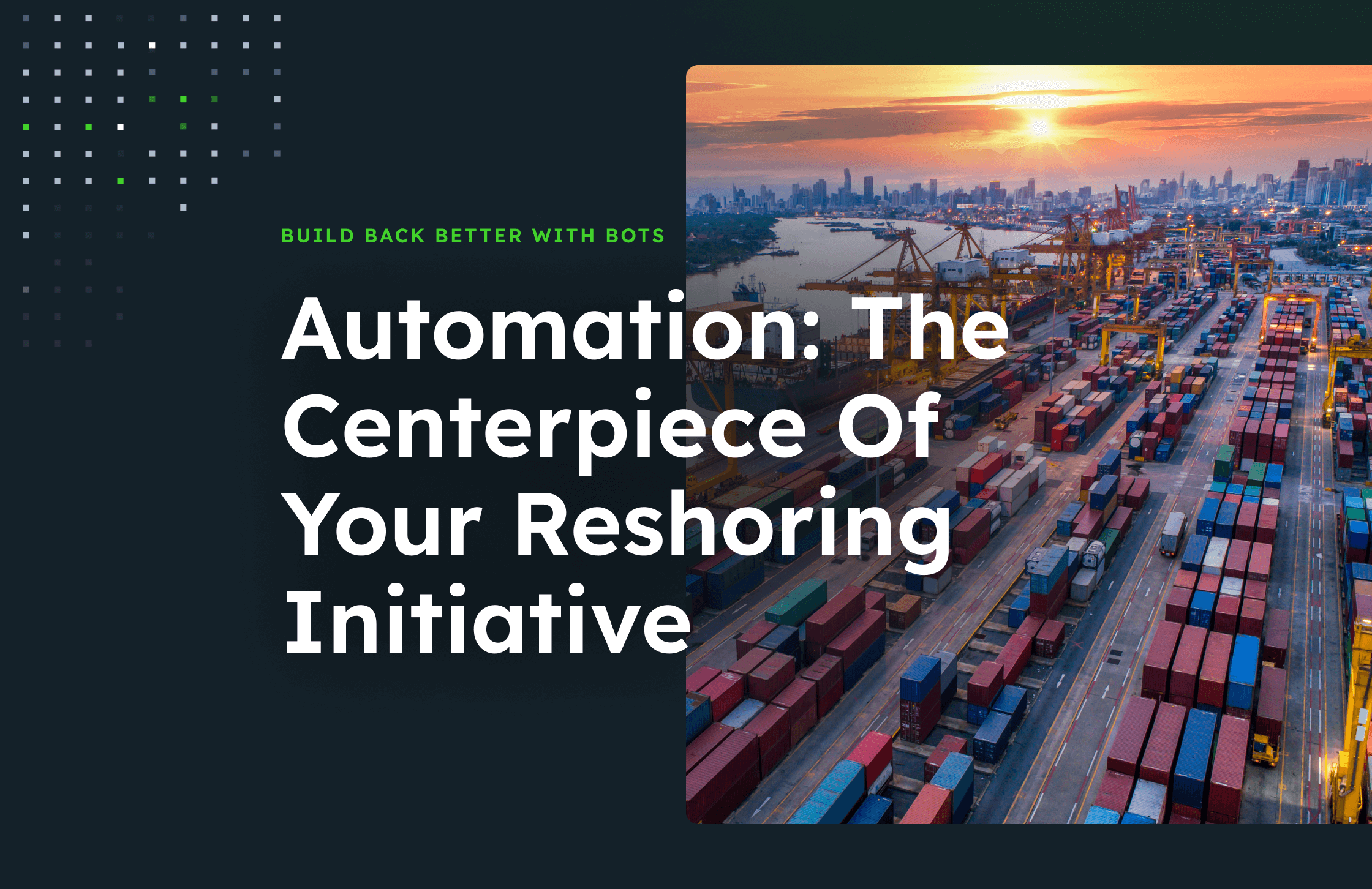Operations Transformation
Supply chain transformation starts with automation
Low labor costs, high availability and decades of offshoring has resulted in decades of underinvestment in supply chain technologies. As companies look to transform supply chains amidst the events of the last few years, robotics and flexible material handling automation stand out from the crowd.
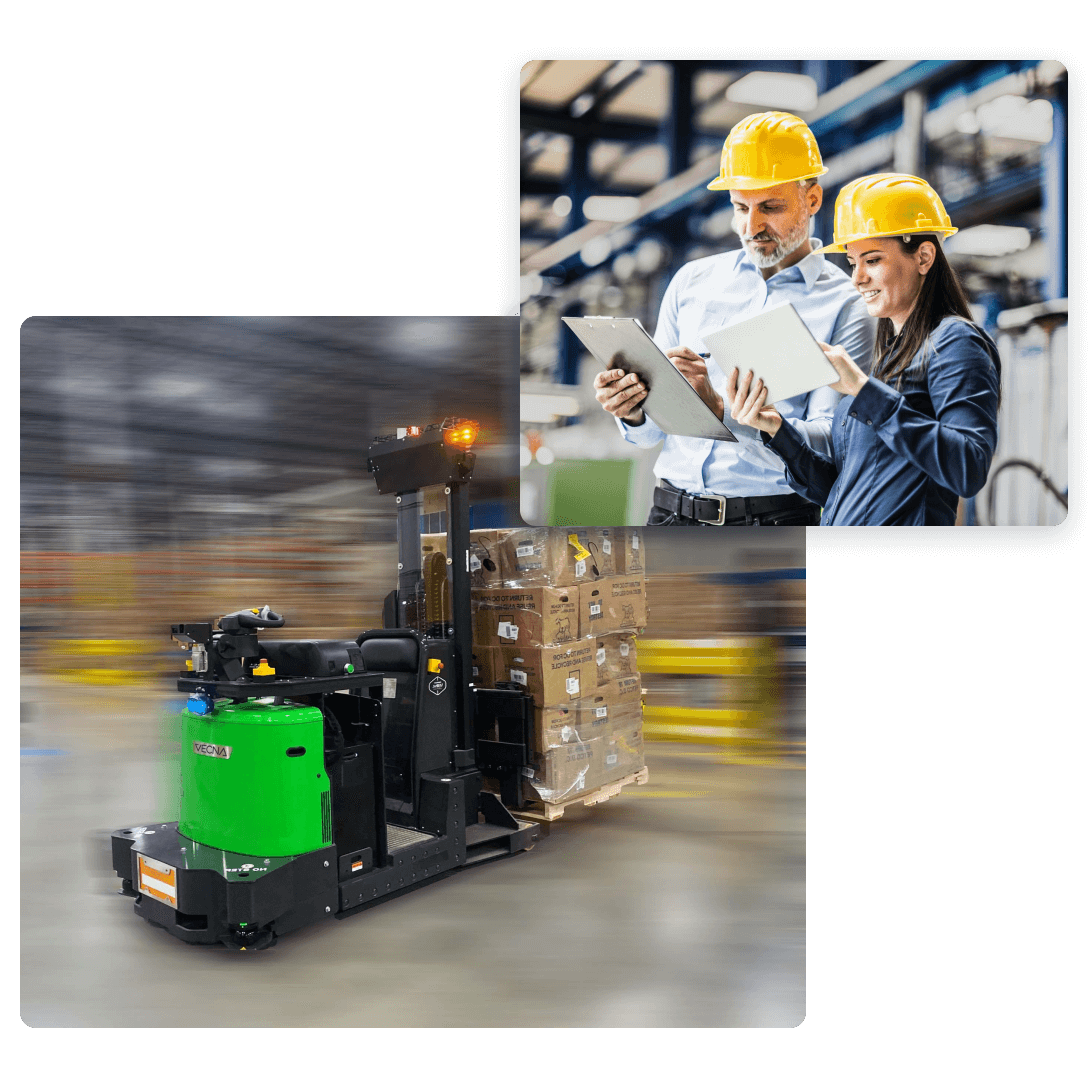
Automation to the rescue
Robots as supply chain transformers
There is plenty of catching up to do when it comes to upgrading your supply chain technologies to meet the pressures of today. Between investments you need to make in intelligence, resiliency, and different automation technologies, it’s difficult to prioritize. Here’s the case to lift material handling automation to the top of the list.
Reduce Reliance on Labor
Focus existing labor on higher value tasks
Do More with Less
Increases in robot density correlate with increased productivity
Adaptable
“Modern automation is software-driven, so can adapt quickly to changing conditions.”
Scale Faster
Flexible automation is easier to deploy, relocate, upgrade and expand
Improves Visbility
Monitor your automated workflows anytime, anywhere.
Provides competitive advantage
By being more responsive, adaptable and resilient
The Problem
So much need, so little time
Supply chain shocks, massive labor shortages, and changing customer preferences are the perfect storm squeezing manufacturing and distribution operational capacity. Where do you begin to address decades of underinvestment in technology and innovation?
6/10
of warehouses and factories have not deployed automation, yet
30%
forecasted productivity increase via automation by 2030
5M
new warehousing jobs in the next 5 years
71%
plan to accelerate modernization projects to < 1 year
WHITE PAPER
Transfomers, robots in your aisles
Labor shortages and wages are worsening, supply disruptions are the new normal, and technology has been under-invested in your oprerations for years. The time is now for flexible automation to be at the top of your list when prioritizing supply chain transformation projects.
5x
increase in automation investments forecasted by the Fortune 500
80%
of warehouse leaders worry they will miss throughput targets
